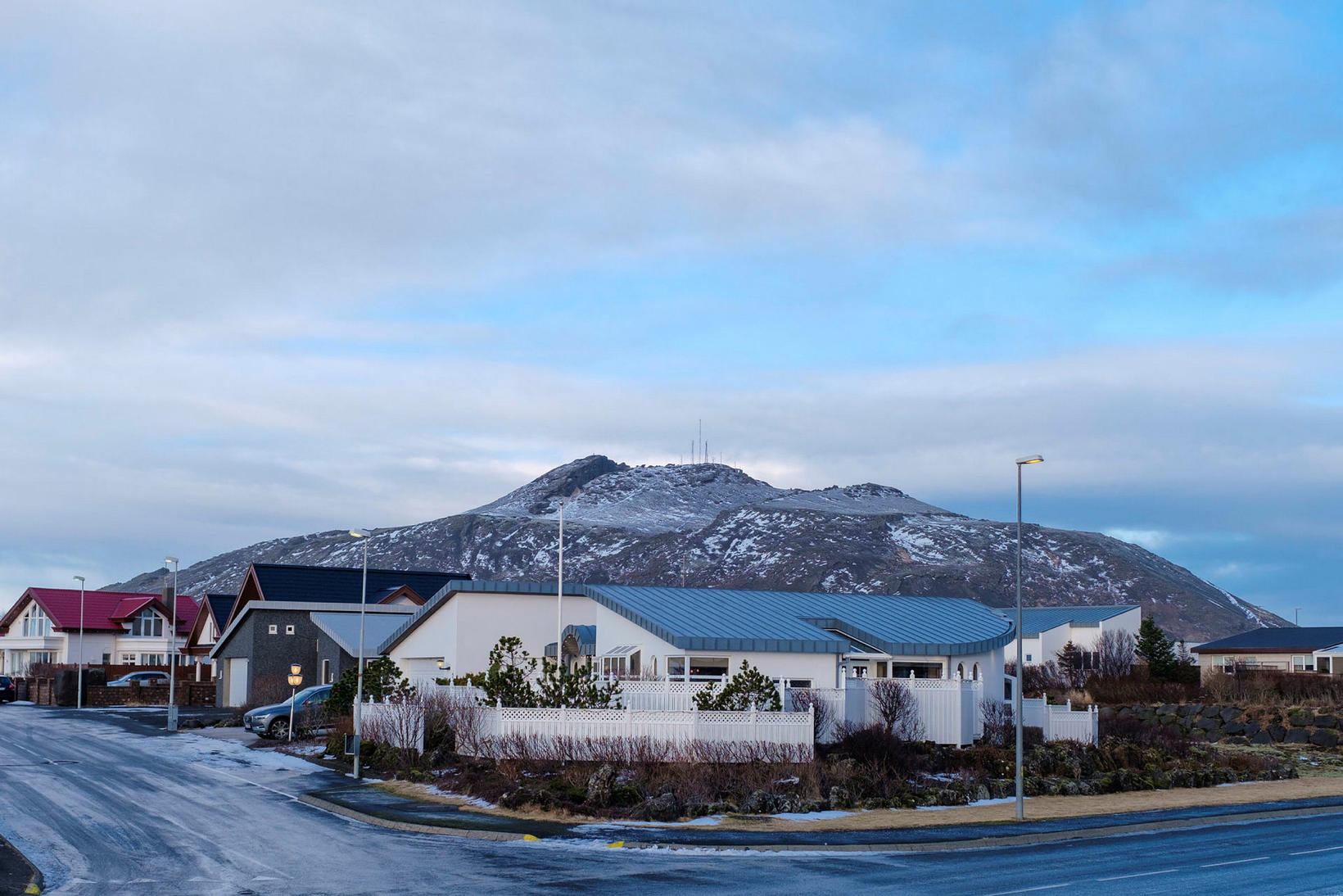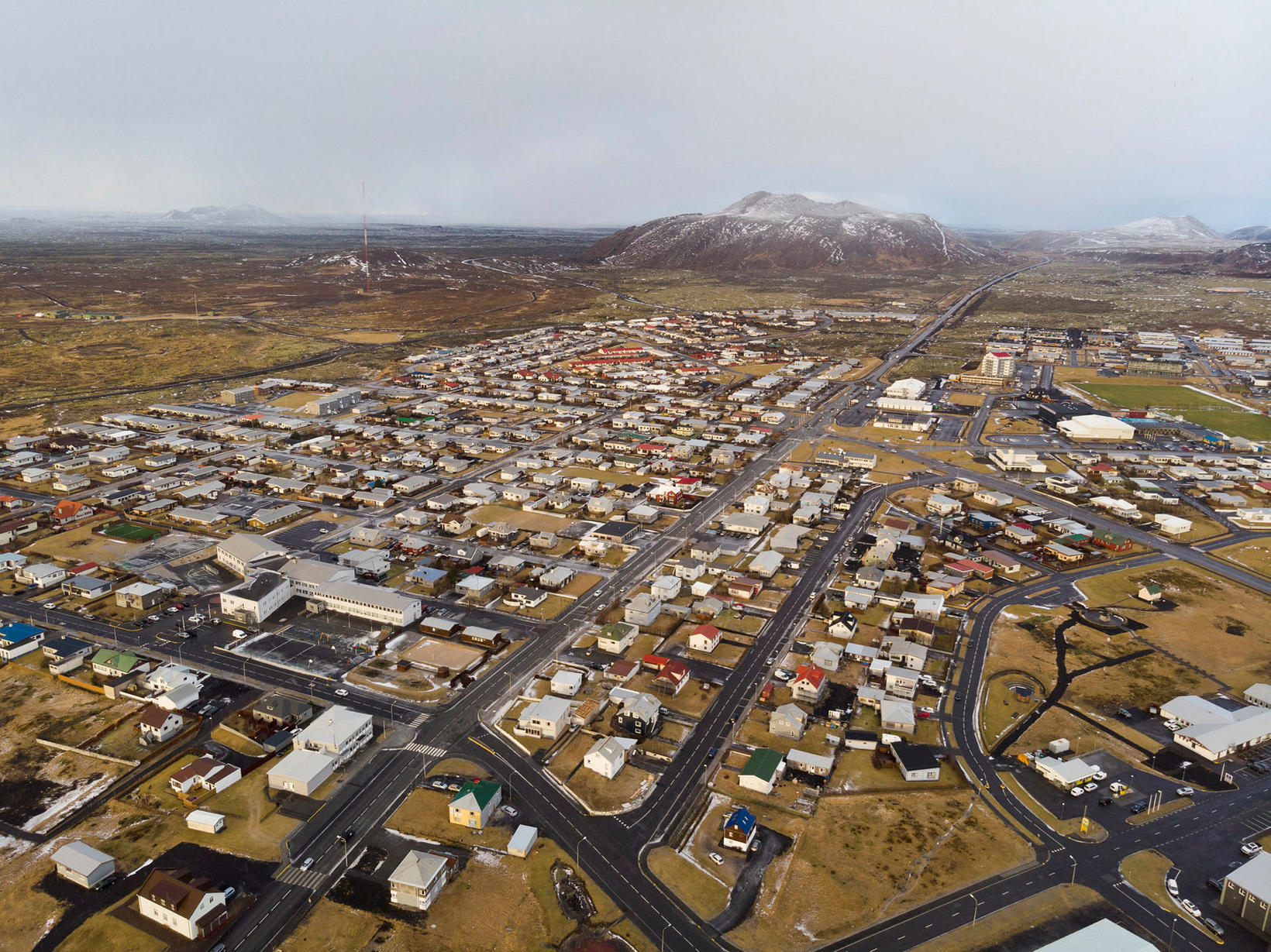Grindavík Monitored Closely
In order to better monitor developments in the Reykjanes peninsula, Southwest Iceland, where scientists suspect that magna may be accumulating underneath the earth’s surface, additional monitoring equipment has been installed by the Icelandic Met Office and access to data from other monitoring equipment will be obtained, Morgunblaðið reports.
Yesterday, the Icelandic Met Office expected to install two GPS devices – one on Þorbjörn mountain, located just south of the Blue Lagoon and north of the town of Grindavík, and another one west of the mountain. Inflation in the area had reached about 3 cm yesterday, after amounting to 3-4 mm a day since January 21. It is this inflation that has led to speculations about magma accumulation.
The Icelandic Met Office has one seismometer west of Grindavík, another one on the northernmost tip of Reykjanes (Reykjanestá) as well as in Vogar and Krýsuvík in Reykjanes. In addition, the Met Office will obtain access to data from three or four additional seismometers that have been used for a special research project.
Satellite pictures are used as well to assess the inflation. Satellites take pictures of the country on a regular basis. Older pictures are compared to the most recent ones, revealing changes. Such comparisons have shown inflation west of Þorbjörn mountain.
The Icelandic Met Office has a system of GPS devices throughout Reykjanes, measuring movements on the earth’s surface. The Met Office will obtain access to GPS data from the Institute of Earth Sciences. In addition, gravity acceleration of the earth will be measured by Iceland GeoSurvey (Ísor) to help determine whether magma is accumulating.
A radar station, located on Miðnesheiði plateau, would be able to provide information about volcanic ash plumes. Another radar station, currently located elsewhere, will be installed in Reykjanes. Finally, a LiDAR, used to measure volcanic ash in the air, will be installed in the area. It would be important when determining whether airports can remain open.
“We want to be prepared for anything, and we’re going to monitor this as well as we possibly can,” Óðinn Þórarinsson, technology director at the Icelandic Met Office, tells Morgunblaðið .
Related news:











/frimg/1/60/10/1601046.jpg)



